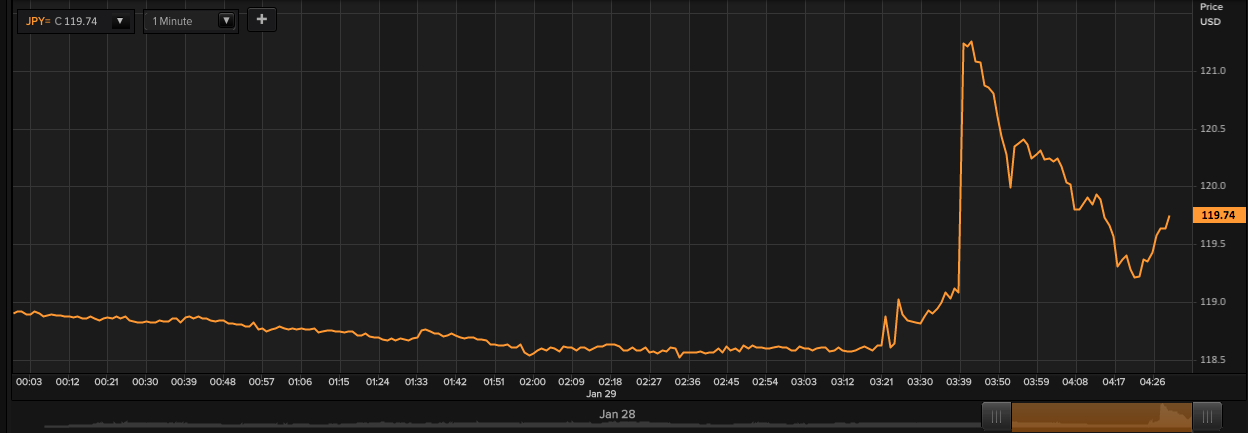From the Federal Reserve Bank Of New York's Liberty Street Economics blog, August 29, 2012:
The United States has slid into eight recessions in the last fifty years. Each time, the Federal Reserve sought to revive economic activity by reducing interest rates (see chart below). However, since the end of the last recession in June 2009, the economy has continued to sputter even though short-term rates have remained near zero. The weak recovery has led some commentators to suggest that the Fed should push short-term rates even lower—below zero—so that borrowers receive, and creditors pay, interest.HT: ZeroHedge, who also have some interesting ideas.
One way to push short-term rates negative would be to charge interest on excess bank reserves. The interest rate paid by the Fed on excess reserves, the so-called IOER, is a benchmark for a wide variety of short-term rates, including rates on Treasury bills, commercial paper, and interbank loans. If the Fed pushes the IOER below zero, other rates are likely to follow.
Without taking a position on either the merits of negative interest rates or the Fed's statutory authority to fix the IOER below zero, this post examines some of the possible consequences. We suggest that significantly negative rates—that is, rates below -50 basis points—may spawn a variety of financial innovations, such as special-purpose banks and the use of certified bank checks in large-value transactions, and novel preferences, such as a preference for making early and/or excess payments to creditworthy counterparties and a preference for receiving payments in forms that facilitate deferred collection. Such responses should be expected in a market-based economy but may nevertheless present new problems for financial service providers (when their products and services are used in ways not previously anticipated) and for regulators (if novel private sector behavior leads to new types of systemic risk). This post supplements an earlier post in Liberty Street Economics that reviewed possible disruptions that could result from zero interest rates.
Cash and Cash-like Products
The usual rejoinder to a proposal for negative interest rates is that negative rates are impossible; market participants will simply choose to hold cash. But cash is not a realistic alternative for corporations and state and local governments, or for wealthy individuals. The largest denomination bill available today is the $100 bill. It would take ten thousand such bills to make $1 million. Ten thousand bills take up a lot of space, are costly to transport, and present significant security problems. Nevertheless, if rates go negative, the U.S. Treasury Department’s Bureau of Engraving and Printing will likely be called upon to print a lot more currency as individuals and small businesses substitute cash for at least some of their bank balances.
If rates go negative, we should also expect to see financial innovations that emulate cash in more convenient forms. One obvious candidate is a special-purpose bank that offers conventional checking accounts (for a fee) and pledges to hold no asset other than cash (which it immobilizes in a very large vault). Checks written on accounts in a special-purpose bank would be tantamount to negotiable warehouse receipts on the bank’s cash. Special-purpose banks would probably not be viable for small accounts or if interest rates are only slightly below zero, say -25 or -50 basis points (because break-even account fees are likely to be larger), but might start to become attractive if rates go much lower....MORE
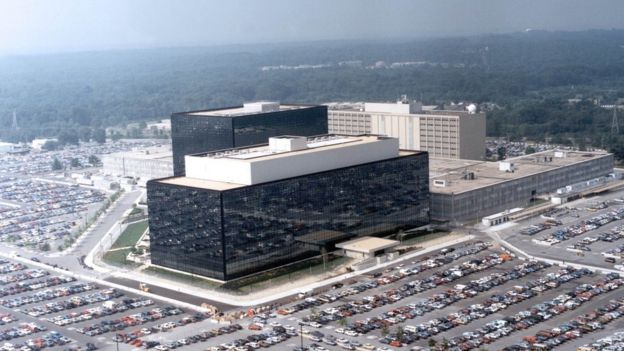





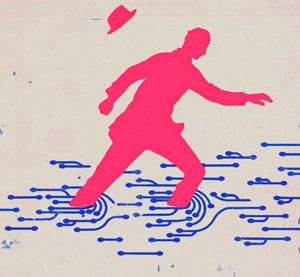

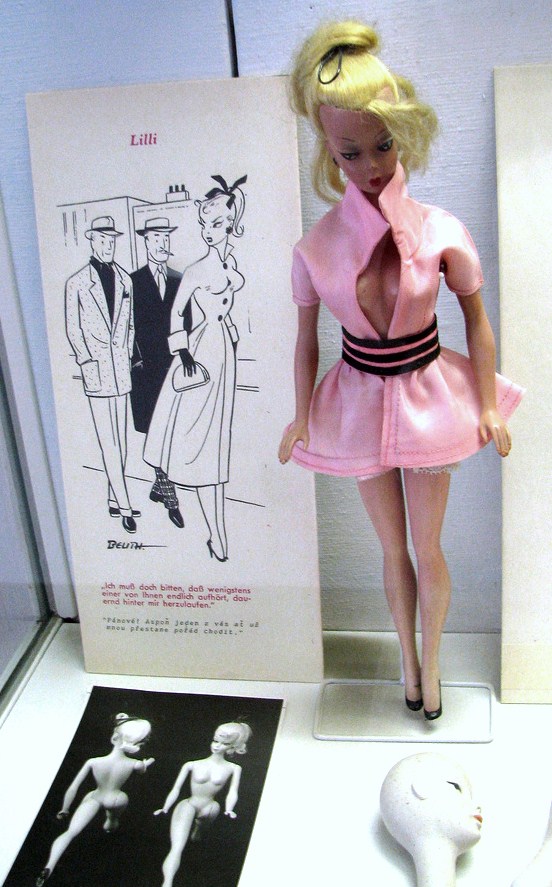

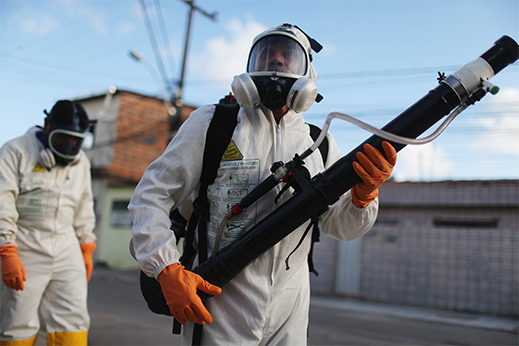
 .
.

